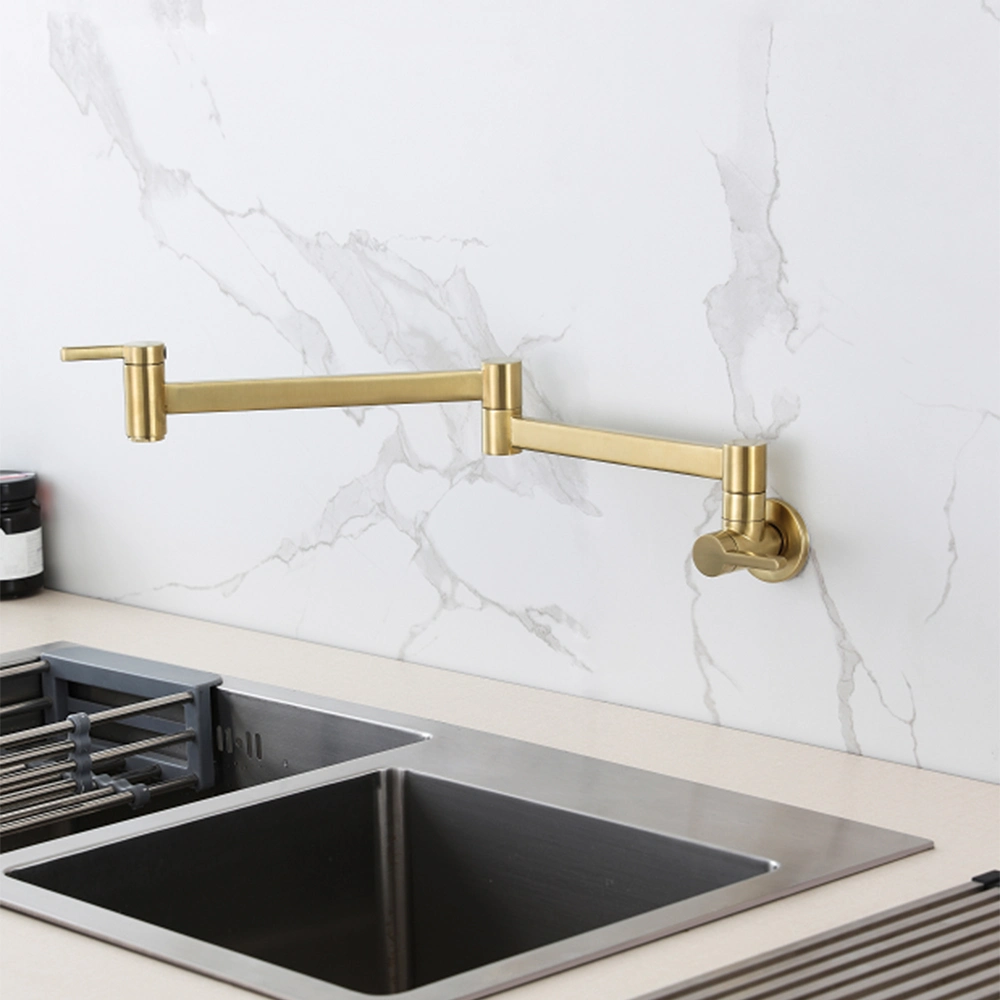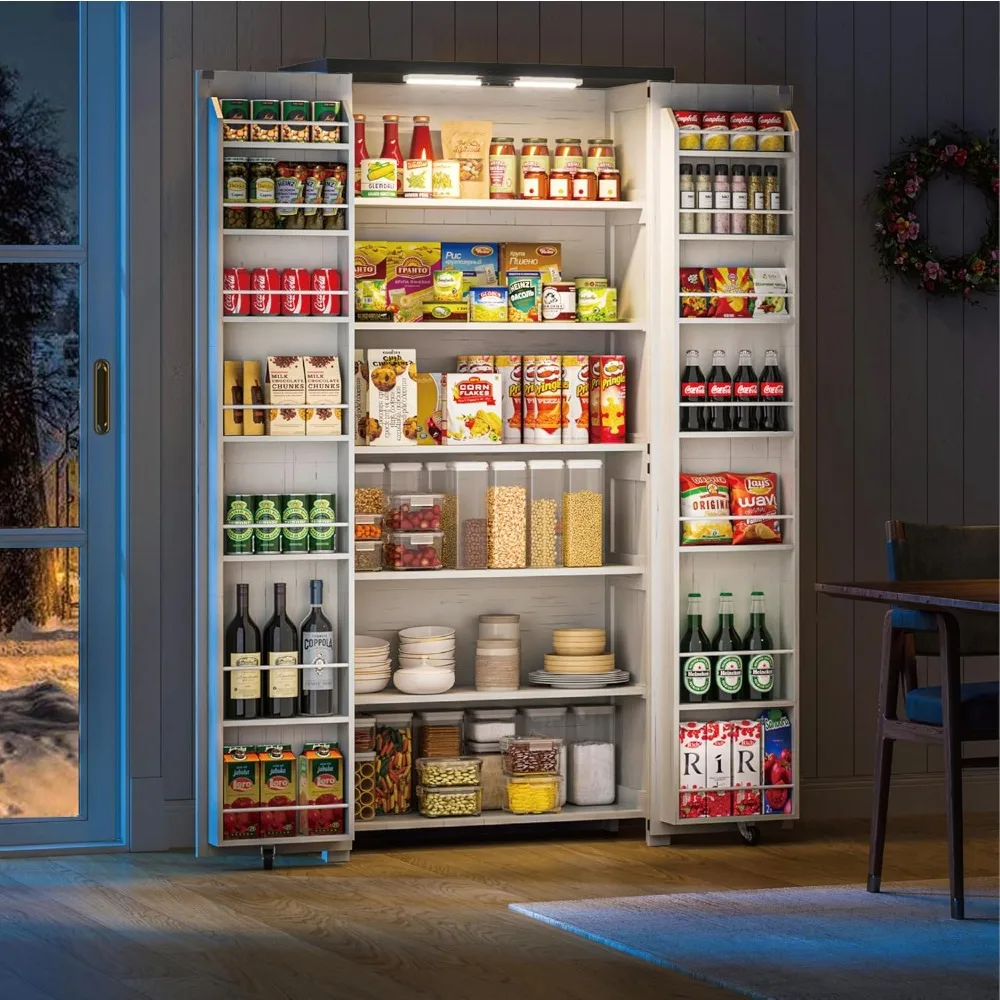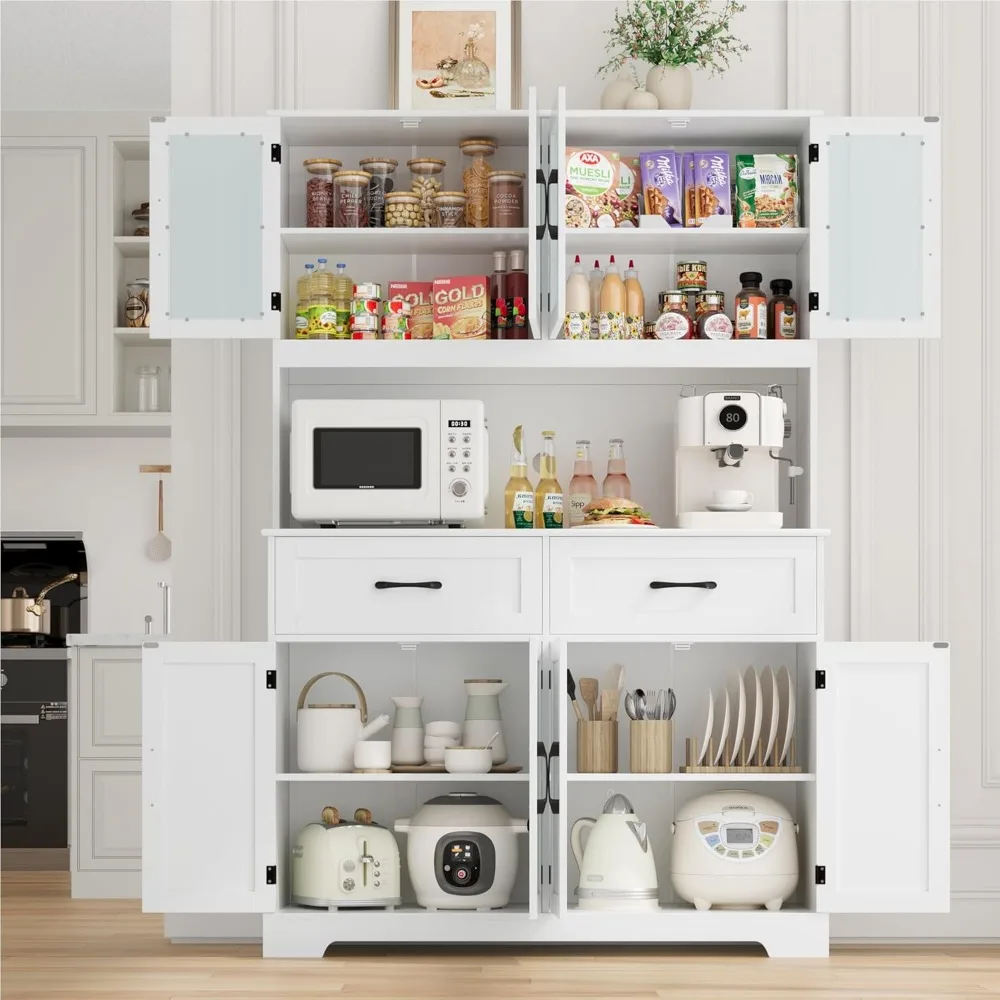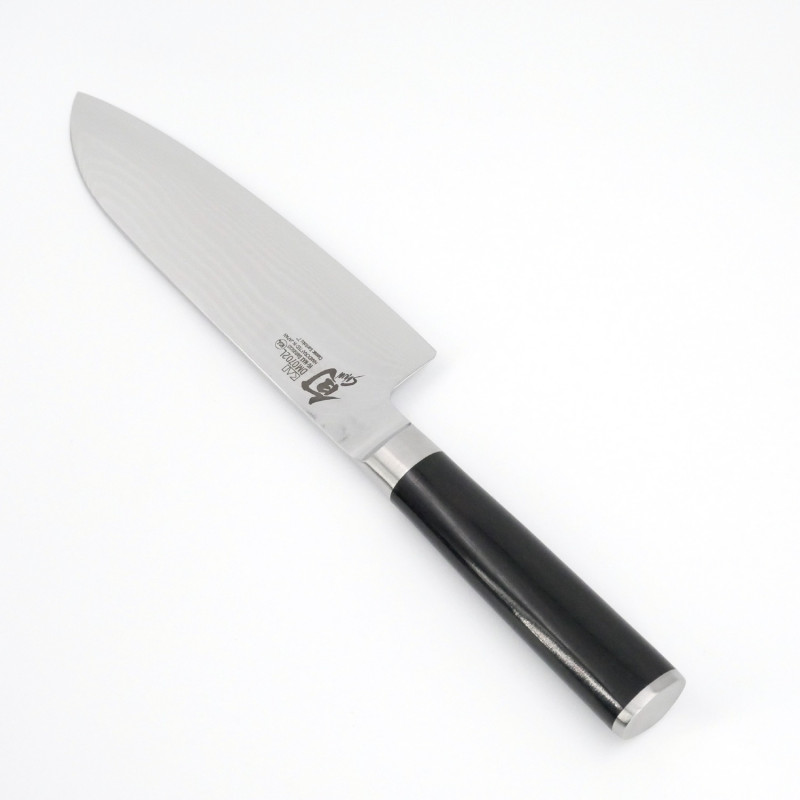Which faucets to drip during freeze
Winter can be a harsh time for homeowners, especially when temperatures plummet and the threat of frozen pipes looms large. A frozen pipe can cause significant damage, leading to costly repairs and potentially even forcing you to evacuate your home. To prevent this, a common practice is to let faucets drip during a freeze. However, it’s not as simple as just turning on any faucet and calling it a day. Understanding the right techniques and knowing which faucets to drip are crucial for effective protection.
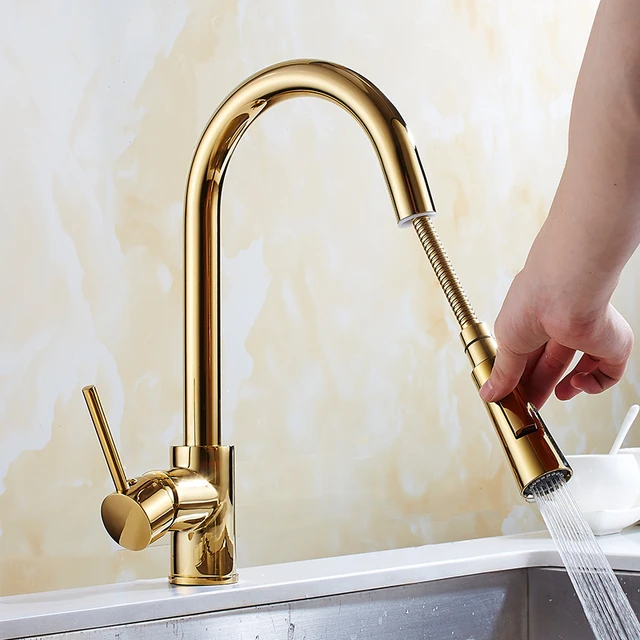 Why Drip?
Why Drip?
Frozen pipes occur when water inside the pipe expands as it freezes, putting pressure on the pipe walls. This pressure can cause the pipe to crack or even burst, leading to leaks and water damage. Dripping faucets help prevent this by maintaining a constant flow of water through the pipes, preventing the water from freezing and expanding in the first place.
Identifying Vulnerable Pipes
which faucets to drip during freeze
Not all pipes are equally susceptible to freezing. Pipes located in unheated areas, such as attics, basements, crawl spaces, and exterior walls, are particularly vulnerable. Pipes exposed to cold drafts, or those running through walls or ceilings with poor insulation, are also at higher risk.
Choosing the Right Faucets to Drip
which faucets to drip during freeze
Dripping just any faucet won’t necessarily protect your entire plumbing system. Here’s a breakdown of the most effective tactics:
1. Dripping the Lowest Faucet
The most crucial step is to drip the lowest faucet on each water line. This can be a faucet in your basement, crawl space, or on an exterior wall. By dripping the lowest point, you ensure that any water that might freeze in the pipes will be expelled before it can build up pressure and cause damage.
2. Dripping Faucets in Unheated Areas
If you have any faucets in unheated areas, such as a bathroom in an unheated basement or a kitchen sink near an exterior wall, it’s essential to drip those as well. This helps protect the pipes leading to those faucets from freezing.
3. Dripping the Laundry Room Faucet
The pipes leading to your washing machine are often vulnerable to freezing, especially if the laundry room is located in an unheated area. Dripping the laundry room faucet helps protect these pipes and prevents a potential disaster.
4. Dripping the Outdoor Faucet
If you have an outdoor faucet, it’s crucial to shut off the valve inside your home and then drip the faucet itself. This helps to prevent water from freezing in the pipe leading to the outdoor faucet and potentially causing damage.
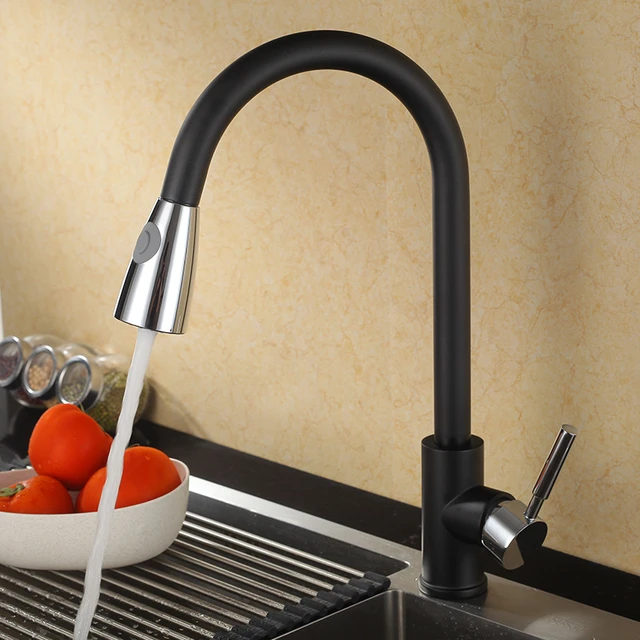 Tips for Effective Dripping
Tips for Effective Dripping
- Set a Slow Drip: The key to successful dripping is a slow, steady flow of water. A fast drip can waste water and won’t necessarily prevent freezing. A slow drip, on the other hand, will maintain a constant flow without excessive water usage.
- Use a Drip Cup: Placing a small cup or container under the dripping faucet helps prevent water from spilling and creating a mess.
- Check the Drip Regularly: It’s crucial to check the drip periodically to ensure the water flow hasn’t stopped or become too slow. If the drip stops or becomes too weak, you’ll need to adjust the faucet to ensure a steady flow.
- Consider a Water Heater Blanket: If your water heater is located in an unheated area, wrapping it with a water heater blanket can help prevent the water inside from freezing.
When to Stop Dripping
Once the freezing temperatures have passed, you can stop dripping the faucets. However, it’s important to monitor the weather and be prepared to start dripping again if there’s another cold snap.
Alternatives to Dripping
- Insulating Pipes: Proper insulation of pipes in vulnerable areas can be a preventative measure.
- Heat Tape: Applying heat tape to pipes can be a more effective way to prevent freezing, but it’s important to follow the manufacturer’s instructions carefully.
- Unheated Rooms: If you have an unheated room, consider keeping the door slightly open to allow warm air to circulate.
Professional Help
which faucets to drip during freeze
If you’re unsure about which faucets to drip or how to protect your plumbing system from freezing, it’s always best to consult a professional plumber. They can assess your home’s plumbing system and provide personalized recommendations for preventing frozen pipes.
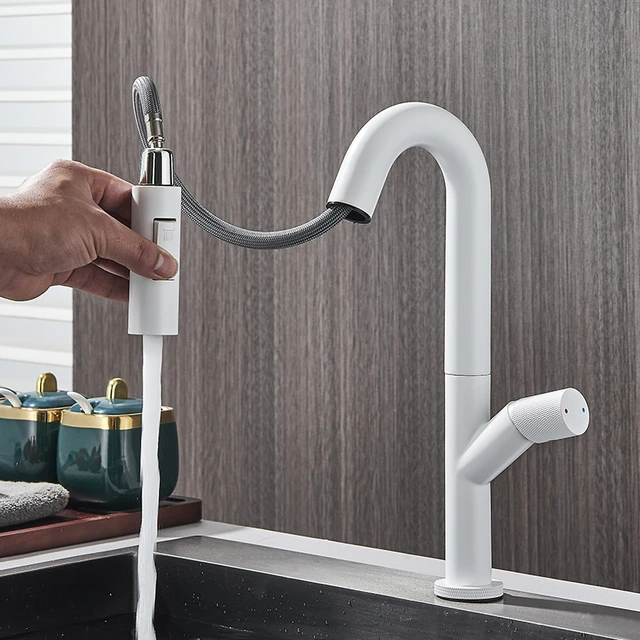 Some tips to prevent frozen pipes:
Some tips to prevent frozen pipes:
Here are some tips to prevent frozen pipes:
General Tips
- Insulate your pipes: This is the most important step. You can insulate pipes in your attic, crawl space, and exterior walls using foam pipe insulation or heat tape.
- Seal cracks and gaps: Make sure your home is well-sealed to prevent cold air from entering. This includes sealing cracks around windows and doors, as well as any gaps in your foundation.
- Keep your thermostat set at a consistent temperature: Even when you’re away, don’t let your thermostat drop too low. 68 degrees Fahrenheit is a good minimum temperature to keep your home at.
- Let your faucets drip: This can help to keep water flowing through your pipes, making them less likely to freeze.
- Open cabinets: This will allow heat from your home to reach the pipes.
- Know where your water shut-off valve is: If your pipes do freeze, you’ll need to shut off the water supply quickly.
- Be aware of the weather: When temperatures are expected to drop below freezing, take extra precautions to prevent your pipes from freezing.
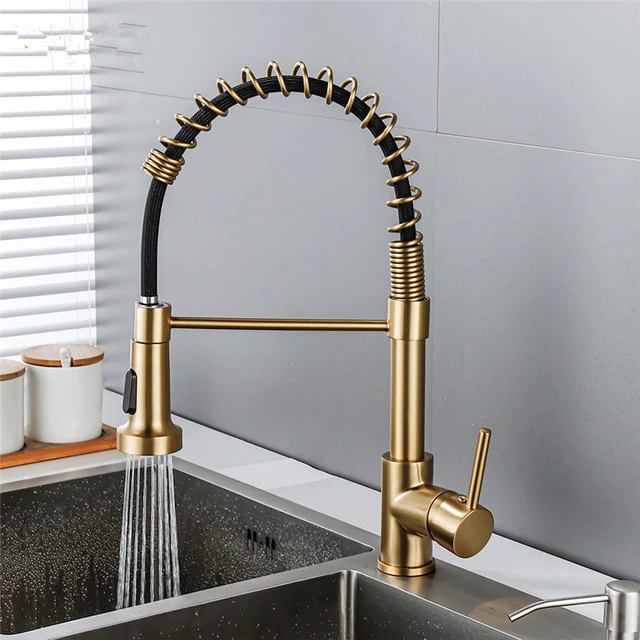 Specific Tips
Specific Tips
- Insulate exposed pipes: Pipes in unheated areas, like your garage or basement, are more likely to freeze. You can insulate these pipes with foam pipe insulation or heat tape.
- Use heat tape: Heat tape is a type of electrical tape that generates heat and can be wrapped around pipes to prevent them from freezing.
- Consider a pipe freeze alarm: These alarms detect freezing temperatures and alert you so you can take action.
- Don’t use a hairdryer to thaw pipes: This can be a fire hazard.
- Call a plumber: If your pipes do freeze, call a plumber to thaw them safely.
Preventing Frozen Pipes in Your Garage
- Park your car in the garage: The heat from your car will help to keep the garage warm and prevent pipes from freezing.
- Insulate the garage door: A well-insulated garage door will help to keep the garage warm.
- Use a space heater: If you have a space heater, you can use it to keep the garage warm when it’s cold outside.
- Keep the garage door closed: This will help to keep the garage warm and prevent cold air from entering.
Remember – Be proactive and take preventative measures to protect your pipes from freezing. This will save you time, money, and headaches in the long run.
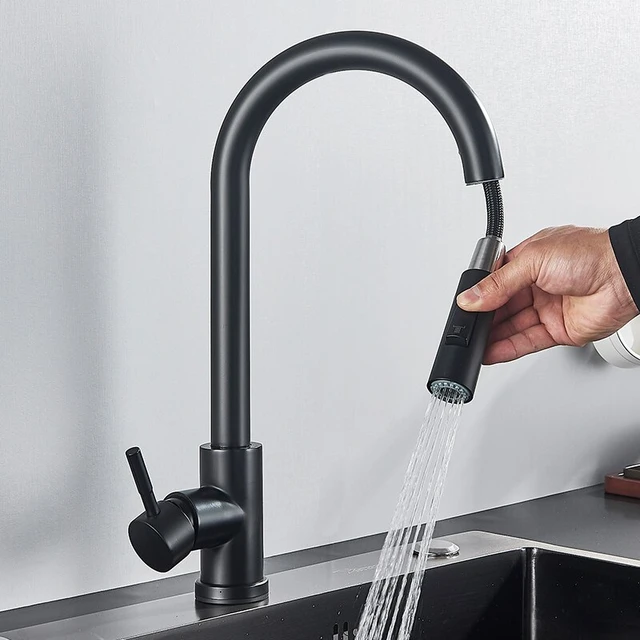 Conclusion-which faucets to drip during freeze
Conclusion-which faucets to drip during freeze
Protecting your plumbing system from freezing during the winter months is crucial for preventing costly repairs and ensuring the comfort of your home. By understanding the importance of dripping faucets, choosing the right faucets to drip, and following the tips provided, you can significantly reduce the risk of frozen pipes and enjoy a warm and comfortable winter. Remember, even if you choose alternative methods, it’s always a good practice to be prepared to drip faucets if the temperature drops unexpectedly.
